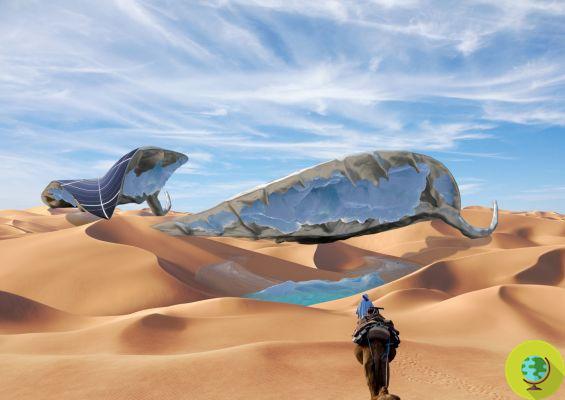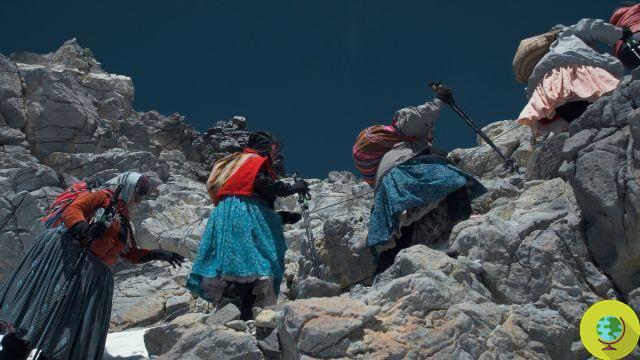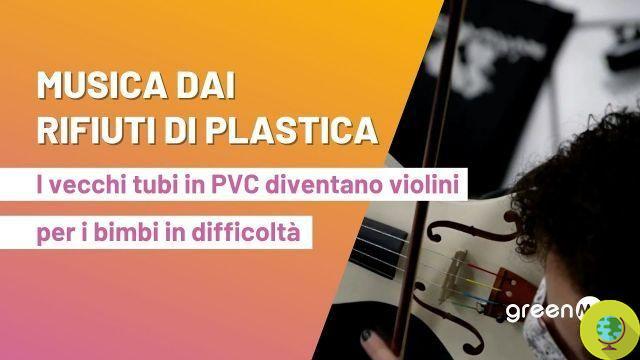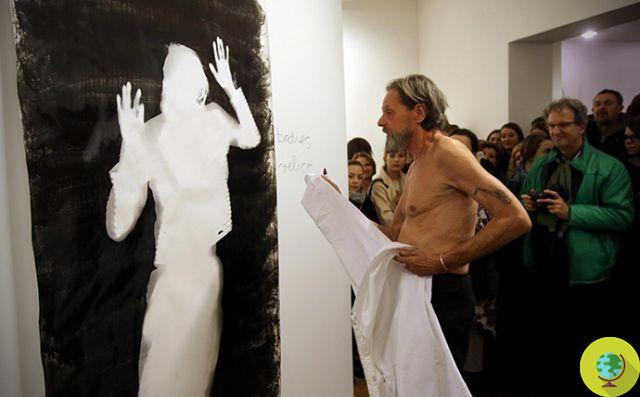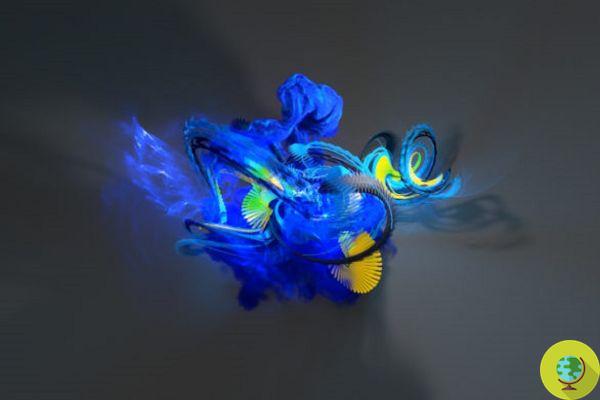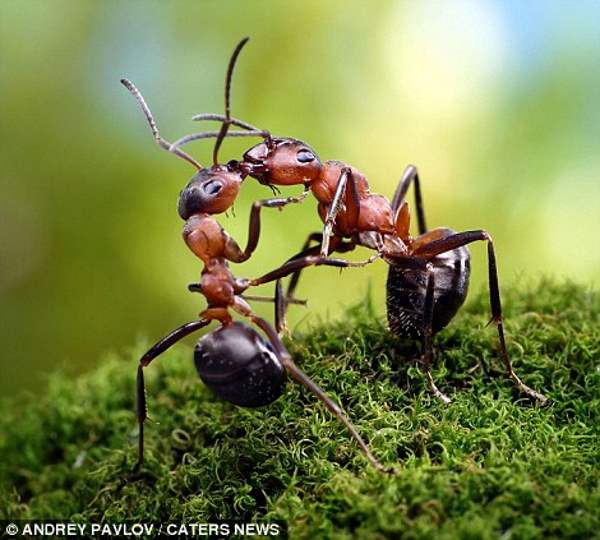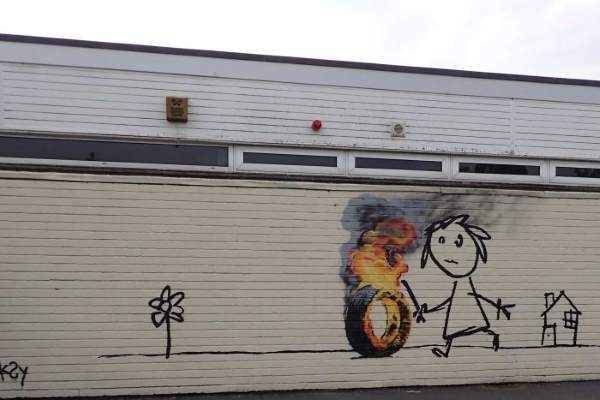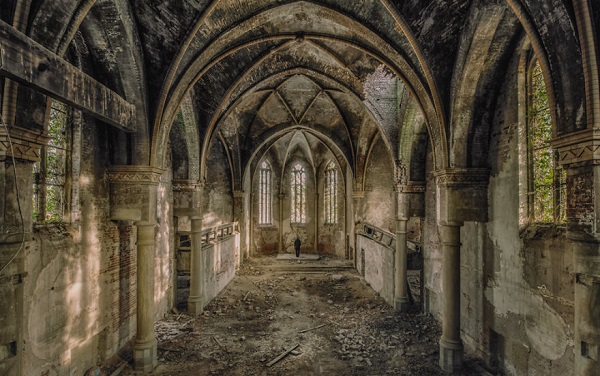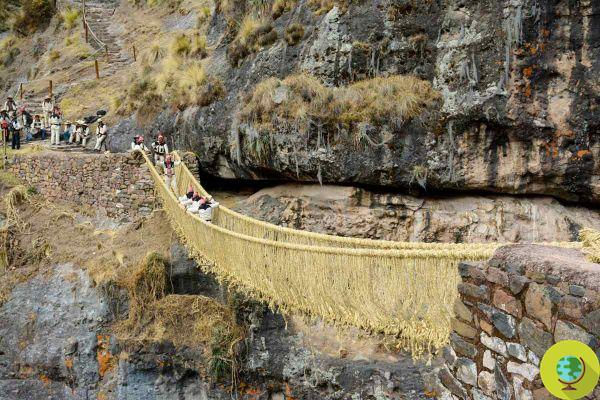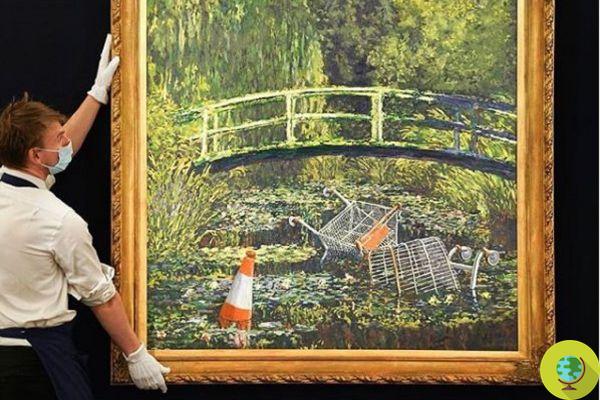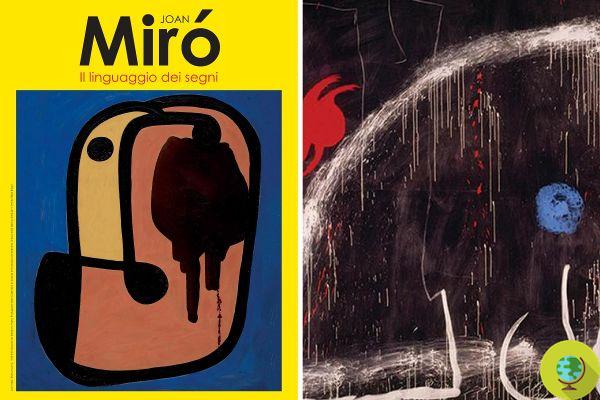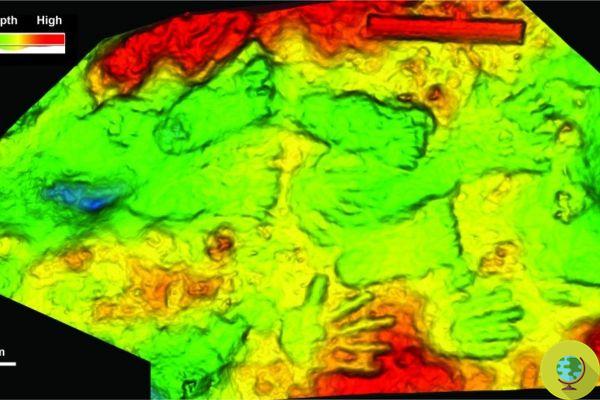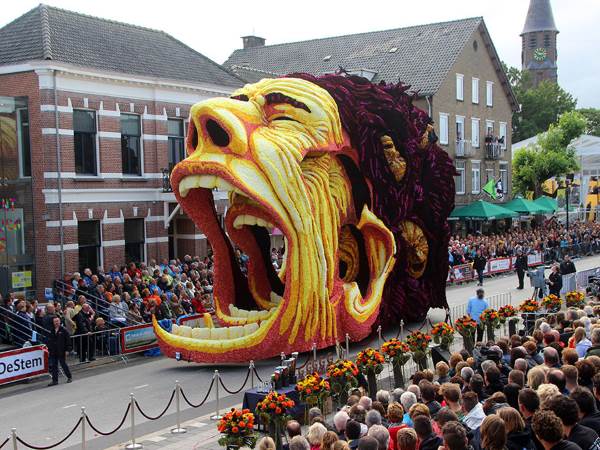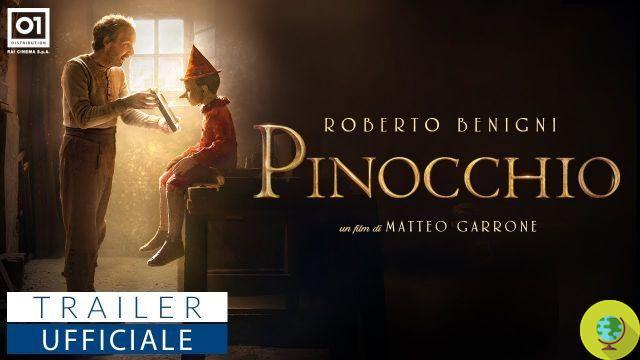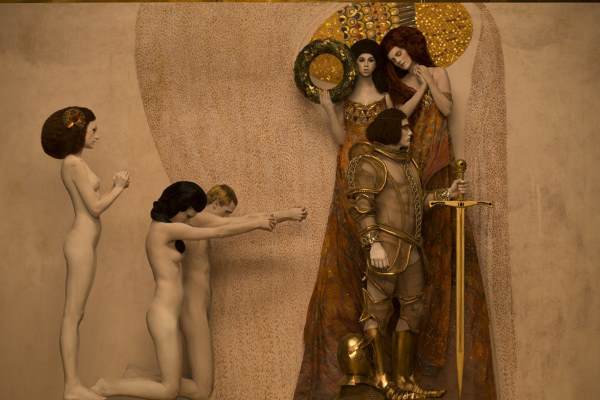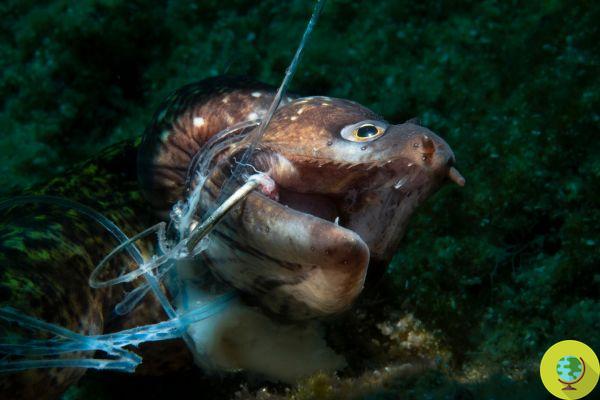New evidence of miniature rock art discovered in Australia. It is a rare and exceptional find in the lands of the Marra
He is about to end up run over, his mother saves himMiniature rock art is truly a rarity. There are only two examples in the world, but now a new study conducted in Australia has discovered a new rock that is even rarer, with miniature figurines that are unique in the world.
Archaeologist Liam Brady was blown away when he and his team of researchers from Flinders University first saw this miniature rock art form in a rock shelter known as Yilbilinji, in Limmen National Park, Australia. .
These are really very small drawings, made with miniature stencils in a rock shelter traditionally owned by the Marra aborigines. The site immediately stood out as unique.
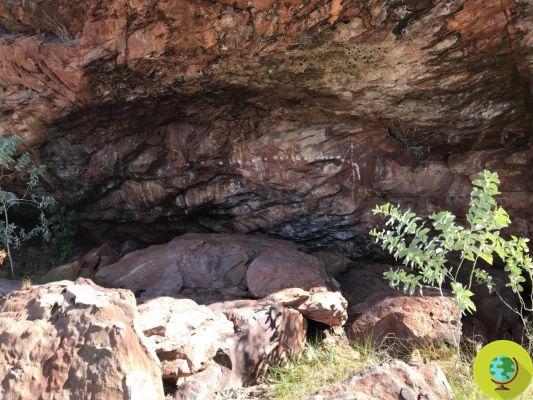
@Flinders Univerity
"It is the scale of rock art that makes this site unusual and highly distinctive," said Flinders University archaeologist Dr Liam Brady. “Typically, rock art around the world features life-size or human and animal body parts, objects (eg boomerangs) and even plant matter. However, many of Yilbilinji's drawings are miniature, too small to have been made using real-life body parts and life-sized objects. "
Only two other examples of this miniature form of rock art, both human figures, are known in the world: one is found in Nielson's Creek in New South Wales and one in Kisar Island, Indonesia.
The images depict a wide variety of motifs including human figures, animals (crab, long-necked turtles), kangaroo legs, wavy lines, boomerangs and geometric shapes.
Scientists conducted a series of experiments to replicate and test the method used to create rock art using a clue: most miniature "stencils" were made with rounded and curved edges, which means they are were produced using something that can be easily modeled and fixed on the surface of the rock: the Beeswax.
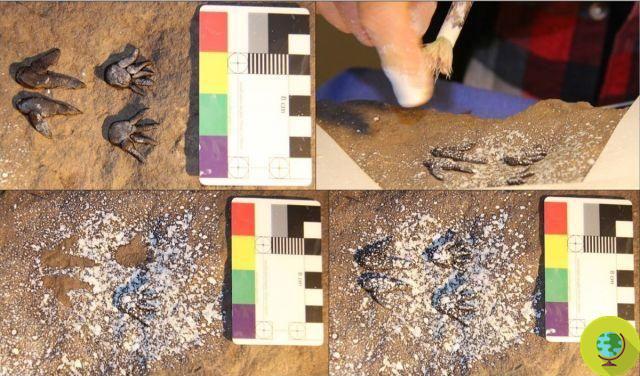
@Flinders Univerity
Additionally, co-author and anthropologist Dr. John Bradley, of the Monash Indigenous Center, who has worked with Aborigines in the study area for over 40 years, recalls seeing the Beeswax used by these populations in various ways, including as a "glue" to repair spears and harpoons. Children also molded beeswax into objects and animals such as cows, horses, and cowboys.
Using these clues, the scientists tried to recreate the stencils using beeswax.
"Our experiments involving heating and shaping beeswax into human figures, animals, objects and geometric shapes, and then stencil on a rock slab confirmed that this material is excellent for making miniature stencils" said ka professor Amanda Kearney.
Anyone, children and adults, could have created these molds. This not only provides new evidence for the existence of this very particular rock art form but shows that there could be many more in the area.
The research was published in the journal Antiquity.
Sources of reference: Antiquity, Flinders University
READ also:
The 5 rock art sites you must see at least once in your life
The revenge of Neanderthal man: he was the inventor of rock painting (and not the Sapiens)
The raising of the dam that puts the Blue Mountains and the ancestral lands of the Aborigines at risk





